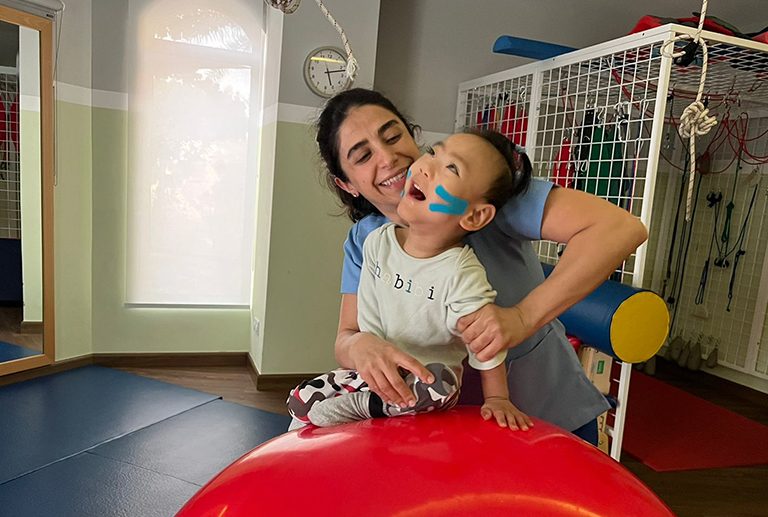
What Is Pediatric Physiotherapy And How Does It Work?
Pediatric physiotherapy is a specialized branch of physical therapy that focuses on assessing, diagnosing, and treating physical conditions in children from infancy through adolescence. It aims to improve motor skills, strength, flexibility, and overall physical function to help children achieve their developmental milestones and improve their quality of life. Here’s a closer look at what pediatric physiotherapy involves and how it works.
Understanding pediatric physiotherapy:
Pediatric physiotherapy addresses a wide range of conditions and developmental issues, including congenital disorders, injuries, and delays in motor development. Unlike adult physiotherapy, which often deals with issues related to aging or injuries, pediatric physiotherapy focuses on conditions specific to children’s growing bodies. These can include developmental delays, cerebral palsy, scoliosis, muscular dystrophy, and post-surgical rehabilitation, among others.
Assessment and diagnosis:
The first step in pediatric physiotherapy is an inclusive assessment. This typically involves a detailed evaluation of the child’s medical history, developmental milestones, and current physical abilities. The physiotherapist will observe the child’s movements, muscle strength, flexibility, and coordination. They may also use specific tests and measurements to understand the child’s physical condition better. This thorough assessment helps in creating a tailored treatment plan that addresses the child’s unique needs.
Treatment techniques:
Pediatric physiotherapy uses a variety of techniques to improve physical function and promote development:
Exercise therapy: Therapeutic exercises are designed to improve strength, flexibility, and coordination. These exercises are often tailored to the child’s developmental stage and interests to keep them engaged and motivated.
Manual therapy: Techniques such as massage, stretching, and joint mobilisations are used to relieve pain, improve movement, and increase flexibility. Manual therapy is particularly beneficial for children with muscle tightness or joint issues.
Neuromuscular re-education: This technique helps improve the control and coordination of muscles and movements. It’s especially useful for children with neurological conditions or motor delays.
Functional training: Physiotherapists work with children to develop skills needed for daily activities, such as walking, climbing, or using adaptive equipment. Functional training focuses on improving the child’s ability to perform everyday tasks independently.
Assistive devices: In some cases, children may benefit from the use of assistive devices like braces, orthotics, or mobility aids. Physiotherapists assess the need for these devices and help children learn how to use them effectively.

















